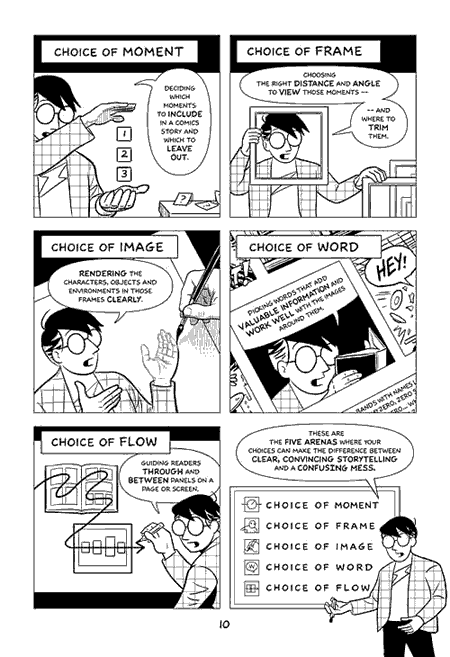
A PhD investigation on comm. design contribution on Malaysian Identity by Nurul Rahman is licensed under a Creative Commons Attribution-Noncommercial-No Derivative Works 2.5 Australia License.
Based on a work at www.nurulrahman.com.
Now when you read this title what do you think can go under ‘it’? It in this context could be any form of media, but what I want to discuss today about ‘it’ falls under comics. So ‘it’ in this column means comics, yes only comics, because under comics there’s comic books, comic strips and perhaps other ‘unknown’ type of comic.
Next questions is the question that I asked at the top (title). So what do you think? Let’s makes it easier in putting comic in the sentences. So ‘How what comics [it] project, shaped what others think? What I’m asking here is the role of comics. Hmm..but what is comic? Well, if you look at the comic definition in www.dictionary.com then the meaning of comic is this – a comedian, a comic book, comic strips, comedy shows or a behaviors that could induces smiles or laughters. Yes, I did said comics is just comic and nothing more, not comedian and not the act of making others laugh.
Sadly because of this ‘unpopular’ areas or medium, people don’t really understand what comic is. The word comic are broadly use, in different situation, depending on the purpose. It is also because comic is not something that are educational appreciated, it use to be considered as a bad influences. But not anymore. Nowadays comic are much more popular, between children and adults. It has become an exclusive desire artifacts for some and cartoonist has become as popular as an artist.
Back to the question asked – what influence or impact does comic have in our life and how it can influence our thinking process or our lifestyle? First, lets see where can we find comics? Traditionally we could only in find comic in newspapers (classic), in children books, in comic books and in magazine. But nowadays we could see them in advertising, in poster and in many other promotional items. So in conjunction to this, comic is no longer a medium under other media, but it is the medium by itself, therefore as what McLuhan (1954) stated “The medium is the message” – comic is the message. Comic has its own ‘content’ through the message it carries , except the content of the message have extended to certain human understanding of comics. Therefore the meaning of the ‘content’ of comic could change and evolve through time. Now if we see the use of new media on comic, this is happening because comic could give meaning and its own interpretation of comic with out reading what it contained. To include comic in advertising work is to create the feeling of comedy, relax, take it easy kind of meaning. Then the content of the comics comes in.
McCloud in his most influential book ‘Understanding Comic’ (1993) describe his extended meaning of comic and shows examples on how to read and understand comic, breaking it into different parts. Comic is a the most subtle communication medium to communicate. Through comic one can express, tell, suggest and perhaps persuade others for different purpose.

To be able to read comic, one needs to understand the culture background of the comics, a western comic could portray towards Western lifestyle and so on with others cultures around the world. In contrast to this, comic also is a medium of study, one could examine the culture, identity, background of others from different countries through comic. So how does this influences what others think?
Well it is a norm human reaction to imitate others, particularly when is it different from others. Lifestyle, fashion, trends, custom etc, are something everyone of use appreciate, and want to learn or at least curious enough to know. This process could shape our thinking, our views on something and perhaps could even alter our behaviors.
Of course this blog hopes to stimulate some awareness or discussion about design, and guess what, comic is part of communication design. Have a think..Now, what do you say again about comic…is it or is it not influential?
